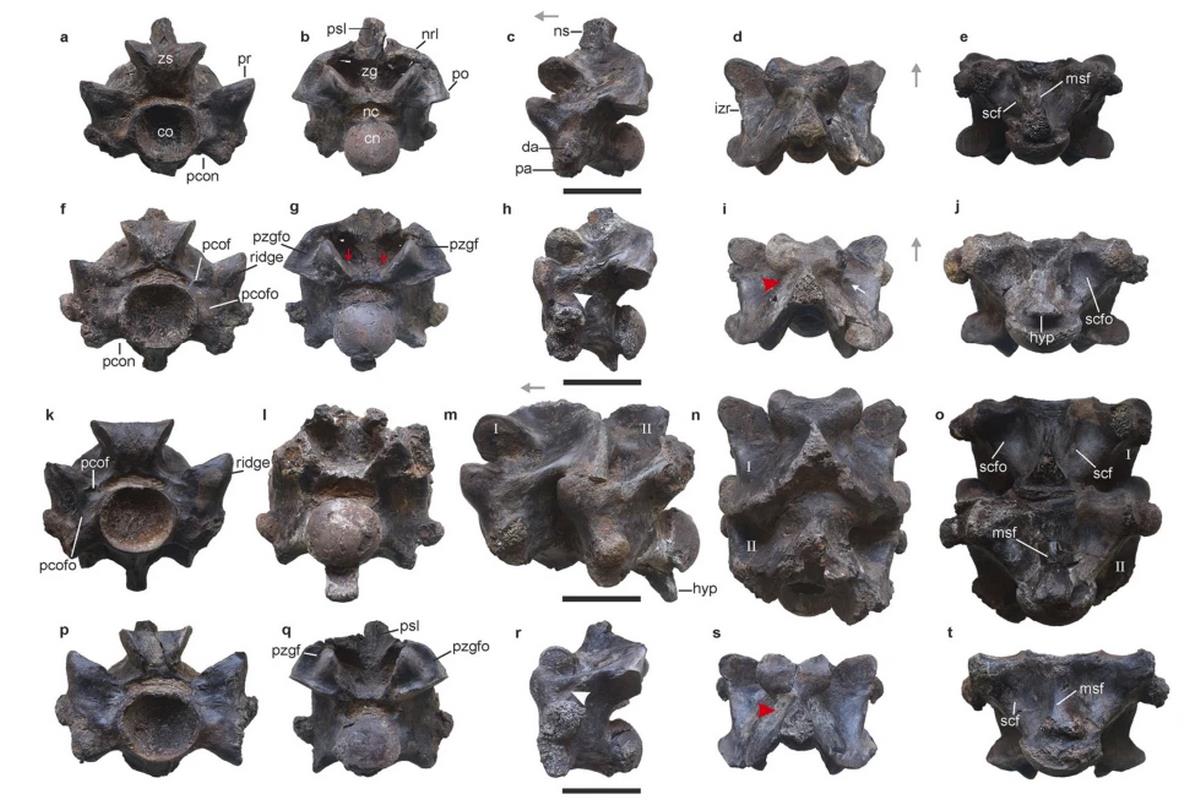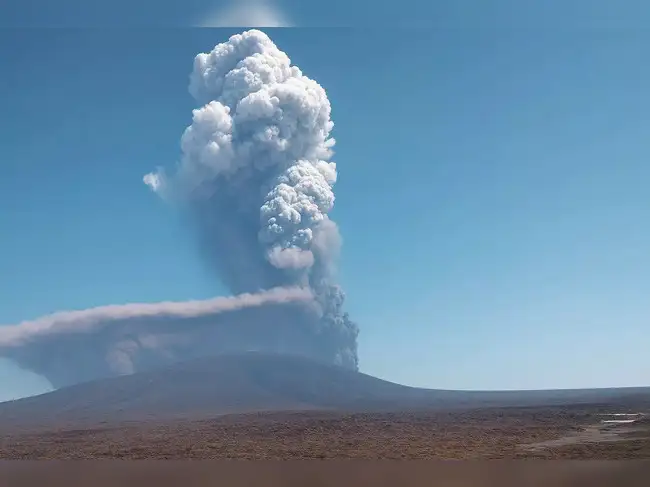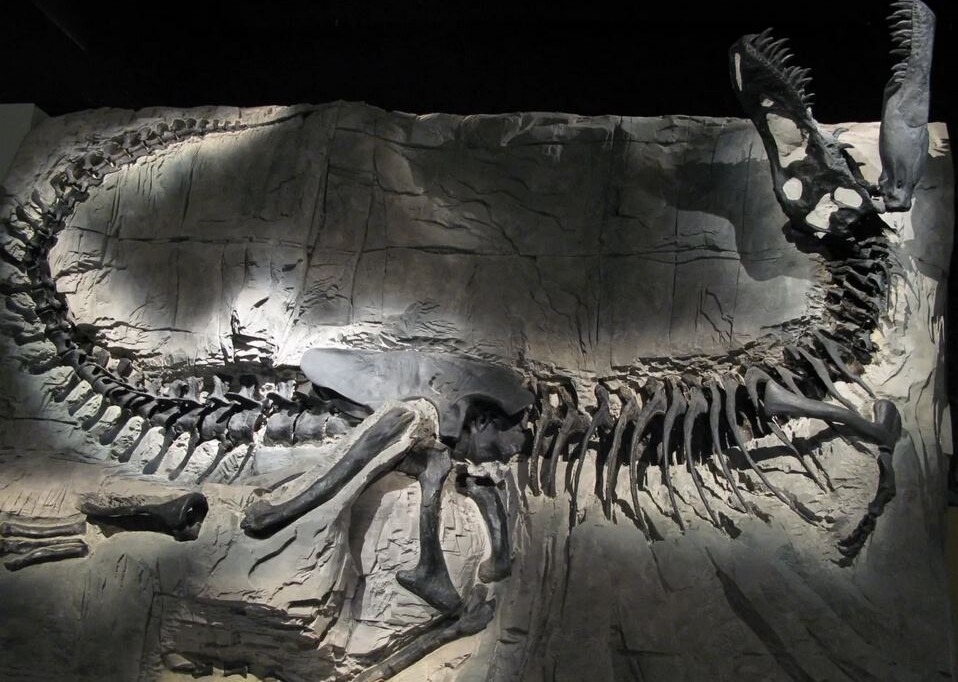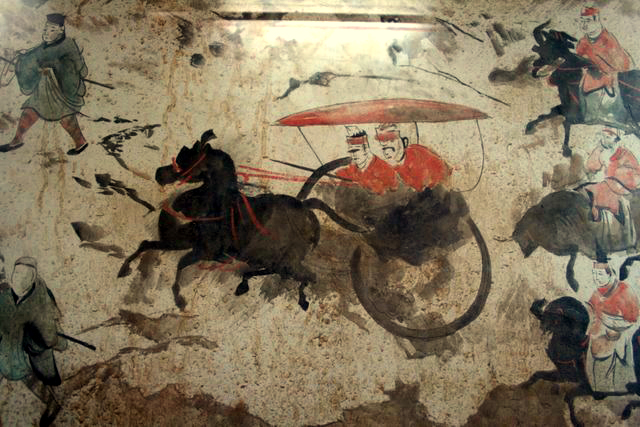A giant snake, now thought to have been almost the largest to ever slither the Earth, has been identified in India. Its immense size produced a set of vertebrae so robust that paleontologists originally assumed it belonged to an extinct crocodile.
Describing it for the first time in the journal Nature Scientific Reports, Sunil Bajpai and Debajit Datta from the Indian Institute of Technology at Roorkee confirm the new species Vasuki Indicus could grow as long as 49 feet (15 meters) in length.
Belonging to a family of giant, extinct snakes that lived from the Late Cretaceous to the Pleistocene called Madtsoiidae, V. Indicus is the largest of its kind ever found. By comparison, today’s articulated python can grow to a maximum of 33 feet (10 meters) in length, meaning the largest snake alive today is as big as the smallest Vasuki individuals.
“These fossils were collected way back in 2005 and were initially thought to belong to some extinct crocodilian owing to their large size,” said Drs. Bajpai and Datta, who named the snake Vasuki in reference to the divine serpent of the same name from Hindu mythology.
“Even during the initial phase of study, which started in the summer of 2023, these fossils were thought to be of crocodilian affinity since the anatomy of the specimens was largely masked by thick layers of sediment. Initially, we did not have an idea about the potential size of Vasuki although we did realize this was a big animal,” the pair told WaL.
The vertebrae measure between 37.5 and 62.7 millimeters in length and 62.4 and 111.4 millimeters in width, suggesting a broad, cylindrical body. Extrapolating from this, the authors estimate that V. Indicus may have reached between 10.9 and 15.2 meters in length. This is comparable to or possibly longer than the longest known snake to have ever lived, the extinct Titanoboa, the largest specimens of which are estimated to grow as long as 47 feet (14.3 m).
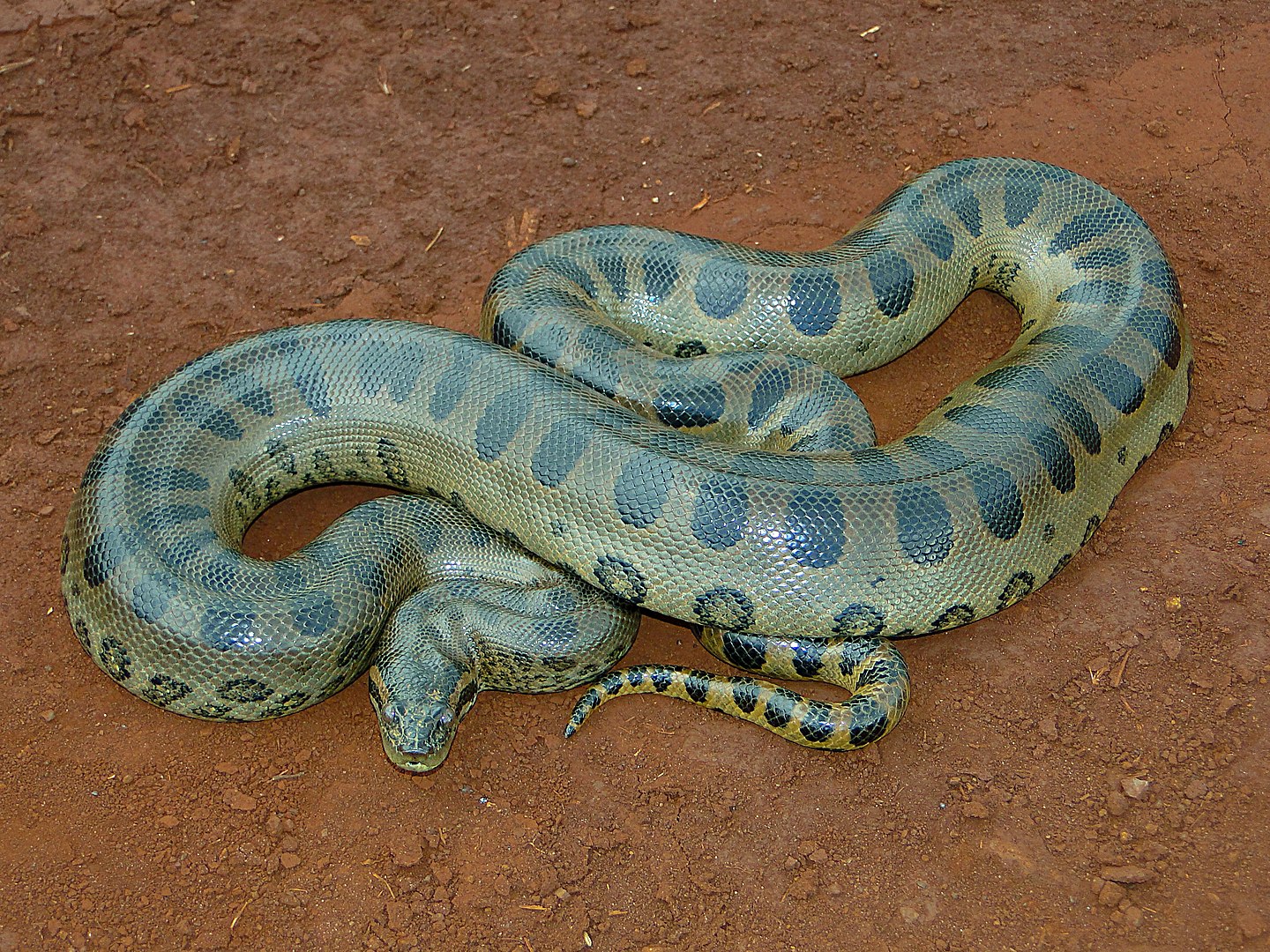
Different modes of estimation were used for each snake, and so Datta and Bajpai recommend prudence, especially because some vertebrae of V. Indicus are not present.
In general however, a large snake would have been as long as a smaller humpback whale and weighed well north of a ton.
They further speculate that V. Indicus’s large size made it a slow-moving, ambush predator akin to an anaconda that was at home both in the water and on land, primarily based on the shape of the vertebrae recovered and the soil condition where they were found—which were likely a swamp or marsh.
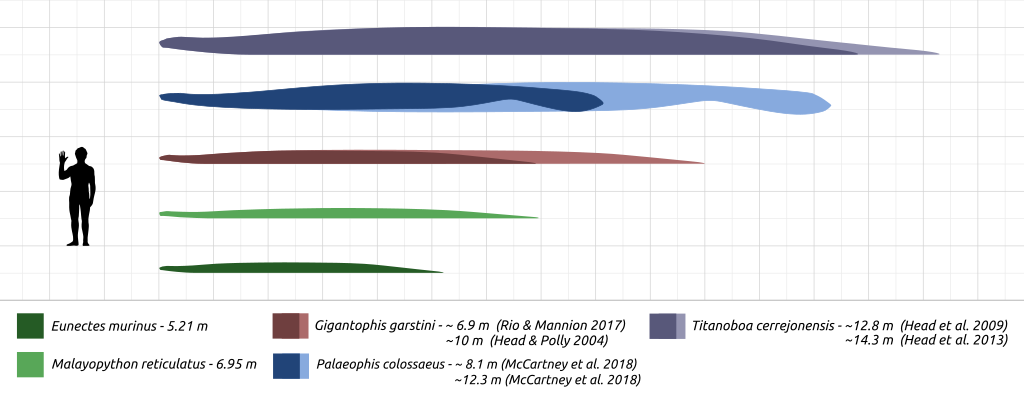
V. Indicus bears a close phylogenic relationship with Matdsoiidae from Nothern Africa. The scientists believe that having originated on the Indian subcontinent when it was still adrift in the Indian Ocean, this enormous snake then dispersed across southern Asia westward, before moving down into North Africa.
At the same time, another group of Matdsoiidae navigated across a warm Antarctica to arrive in Australia, where younger genera of these snakes are found.
In terms of what such a colossal beast may have eaten, V. Indicus was found in the Naredi Formation, which dates to the Middle Eocene. Fossils of catfish, turtles, crocodilians, and early cetaceans, or whales, were found there, all of which may have been its prey. But today’s pythons in South Asia, such as the Burmese and Indian pythons, will happily consume deer and other terrestrial mammals as well. WaL
We Humbly Ask For Your Support—Follow the link here to see all the ways, monetary and non-monetary.
